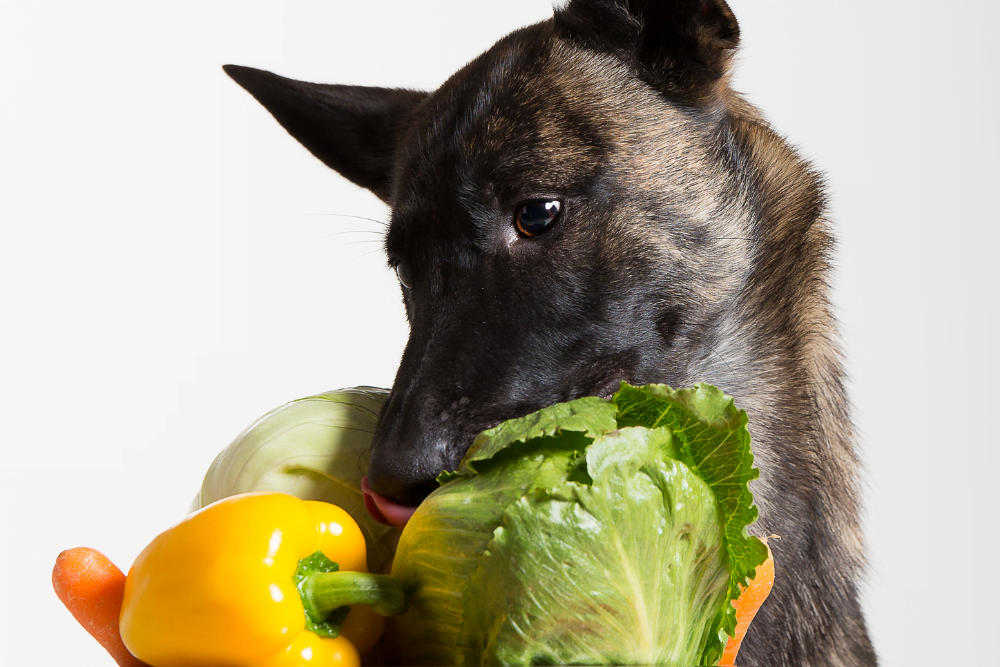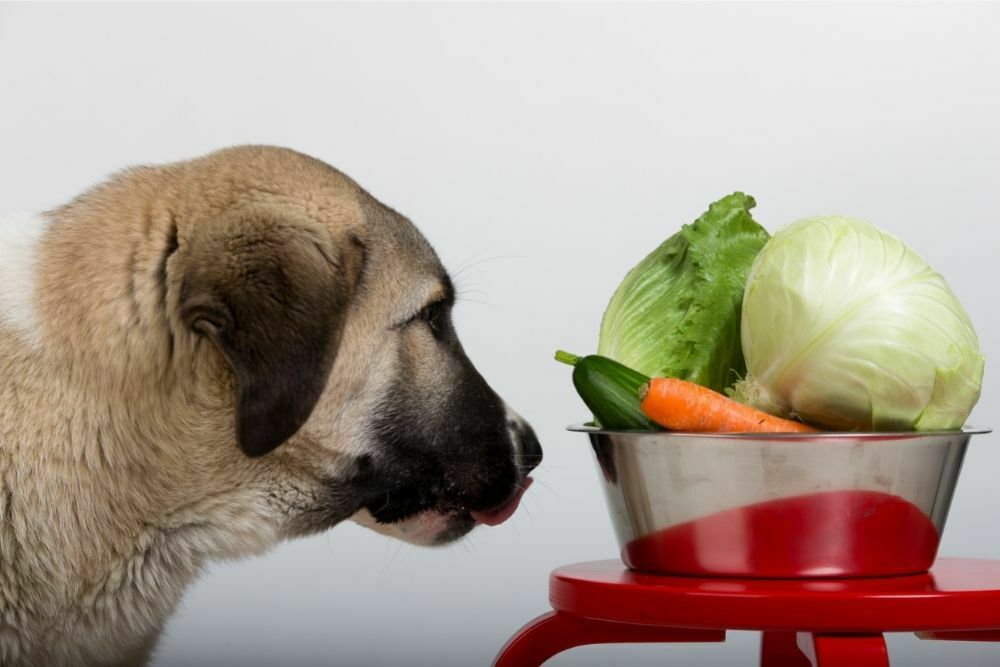
If you have a dog, it is likely that you will be familiar with how important it is to feed them the right diet. Some dogs are fussy, some dogs will eat anything that they can get their paws on. Does that mean that they should eat anything they can get their paws on? Definitely not.
That being said, it can be difficult to know exactly what a dog can and cannot eat. This is especially true if you are a first time dog owner or are considering getting a dog. Many human foods are very beneficial to dogs.
As such, these foods should be included in their diets. However, there are also masses of human foods that can be very harmful to a dog, and so, they should be avoided at all costs and kept away from your furry friend.
Navigating what human foods your four legged friends can and can’t eat can be difficult. Luckily for you, we happen to have quite a bit of knowledge about dogs and their diets. As such, we wanted to take this opportunity to share some of that knowledge.
One of the things we get asked about the most is what vegetables a dog can eat. We all know veggies, especially green veggies are great for us humans – but are they good for our puppy pals? In this article, we will be exploring one of the healthiest green (and white, and purple) vegetables we can think of – cabbage – and assessing whether cabbage is safe or toxic for dogs and whether they can eat it.
Can dogs eat raw cabbage?
Yes! We are very happy to report that dogs can, in fact, eat raw cabbage! The consumption of raw cabbage by dogs should be done in moderation and is totally safe in this way.
There is no immediate harm in raw cabbage and it is not toxic for your dog. With this in mind, you can definitely feed your dog some raw cabbage now and then as a treat. The emphasis here is on ‘now and then’. It is not the best choice for the base of their meals, but instead, can serve as an accompaniment with a complete diet that consists of all the nutrients they need.
That being, you should keep in mind that this really should be in small amounts even if you are only feeding it to them now and then. The reason for this is because raw cabbage (and many uncooked green veggies) can cause a dog to experience wind and gassiness. Trust us when we say that you do not want to be around a gassy dog after they have eaten some raw cabbage!
Can dogs eat cooked cabbage?
Yes! Whether your cabbage is green, white, or even purple, you can feed it cooked to your dog as a treat now and then. They may also enjoy having some cooked cabbage mixed into their dinner! Just like raw cabbage, cooked cabbage is a delicious, healthy accompaniment to your dog’s existing diet.
What separates cooked cabbage from raw cabbage is that the risk of wind your dog can experience decreases in a cooked vegetable compared to a raw vegetable. Thus, cooking your cabbage before feeding it to your dog is a good idea if you don’t want a stinky, farty dog next to you all night!
That being said, the risk for gassiness is still there, since cabbage is a cruciferous vegetable that contains a substance called raffinose which is known to cause gas. Raw cabbage is more likely to cause gas than cooked, but the risk is still there. Just be sure to feed your dog cooked cabbage in small portions and as a treat rather than for every meal and you can rest assured that they will be fine!
How much cabbage can a dog eat?
The amount of cabbage that your dog can eat will depend on a number of factors such as the size of your dog, their weight, and their current diet. As we have already stated, it is important that you feed cabbage to your dog in moderation. This means that you should only feed them small amounts at a time, either as a small treat or mixed in with their food. You should only do this a few times a week rather than at every meal.
Luckily, the calorie content in cabbage is very low, and the nutrients available are very high. Even so, due to the risk of gassiness from any cruciferous vegetable, limiting the amount your dog consumes is a good idea.
As general guidance, we recommend that you feed your dog around ⅛ of a cup per 20lbs of their weight. So, for a dog that weighs 40lbs, you would be able to feed them a ¼ of a cup of cabbage at a time.
Of course, this is only a rough guide, and the amount of cabbage your dog eats will depend on their appetite and enjoyment. You should consult your veterinarian first for even more specific advice and to find out whether cabbage is good for your dog.
What is cabbage good for in dogs?
Cabbage is very healthy for dogs as it is full of essential nutrients that they need to lead a healthy lifestyle such as vitamins and minerals. It has lots of health boosting effects and can be seen as a sort of superfood for our furry friends.
First and foremost, cabbage is packed to the brim with vitamin C. This is one of the reasons it is so good for us humans. Of course, this is an essential vitamin for dogs too as it can help boost their immune system, promote eye health, and keep their bones strong.
As well as this, cabbage is high in antioxidants, meaning that it is great for promoting a long, healthy life for your dog, giving them lots of disease fighting capabilities. Cabbage is also a vegetable that is packed with fiber. Sure, this can make your dog a little gassy, but the effect it has on the digestive system is great, making it a great option for your furry friend’s digestive health.
Last but certainly not least is the compound known as sulforaphane which can be found in cabbage. This is in lots of leafy green vegetables and is thought to be essential in helping to fight heart disease, lowering blood pressure, and even fighting cancer cells! In our opinion, this final point alone is enough to start incorporating cabbage into our dog’s diets (and our own, for that matter).

Can cabbage give dogs gas?
Yes, cabbage can give dogs gas. The reason for this is because cabbage is a cruciferous vegetable (also known as a leafy green). This means that it contains raffinose which is a compound that is known for its ability to cause gassiness. Raffinose may reduce if the cabbage is cooked. This means that raw cabbage is more likely to cause wind than cooked cabbage.
That being said, cooked cabbage can still cause wind. This is why it is so important that you feed your dog cabbage in small portions and only feed it to them every so often.
If you are worried about giving cabbage to your dog for this reason then it is best to consult a qualified veterinarian who can advise further. As well as this, if your dog has digestive issues or has suffered from bouts of wind in the past, do not feed them cabbage until you have sought your veterinarian’s advice.
Can I give my dog cabbage with onions?
No, you should not feed your dog cabbage with onions. The reason for this is because onions are highly toxic to dogs. Onions are a part of the Allium family of vegetables (garlic is also in this family and should also be avoided).
The Allum family contains a compound called Alliums. These are poisonous to dogs as they can cause heart issues such as low blood pressure, low heartbeat, and other circulatory problems. These issues can actually be lethal, especially if a member of the allium family is consumed in a large amount.
As well as onions and garlic, dogs should also avoid other members of the Allum family including chives, leeks, and spring onions.
Cabbage should be served alone or with your dog’s meal. This can include meat, kibble, or a branded dog food, depending on what your dog prefers.
What are alternatives to cabbage for dogs?
There are many different alternatives to cabbage that can be fed to your dog if they do not enjoy cabbage or if they have to avoid it for any reason. As we have mentioned, cabbage is high in fiber, vitamin C, and antioxidants, and so the best alternatives to cabbage would include all of these things.
With this in mind, a particularly good alternative to cabbage for dogs is brussels sprouts. These green vegetables are something of a love-hate food for humans. However, dogs love them and they just so happen to be full of all the nutrients they need.
As well as this, another favorite veggie of humans is the humble carrot. Whilst carrots may not have as much fiber as cabbage, they are packed full of vitamins and other important nutrients. Dogs love them cooked and raw and they can make a delicious treat or accompaniment to your dog’s meals.
How should I prepare cabbage for my dog?
If you are feeding your dog raw cabbage, then the only preparation you need to do is to wash it thoroughly under water, pat it dry with a paper towel, and then chop it into bite sized pieces to feed to your dog as a treat or to mix into their dog food or kibble.
That being said, there is a little bit more preparation time involved if you are planning to feed your dog cooked cabbage. Cooked cabbage should be washed and chopped up first. It can then be boiled or steamed.
These are the best ways of cooking cabbage as they help retain the important nutrients your dog will need. You can steam or boil your chopped up cabbage (whether that be green, white or purple cabbage) for around 5 minutes in total. You may need to cook it for longer if the chunks of cabbage are particularly large.
Do not add salt, oils, fats, or flavorings to your cabbage. It should be cooked and served plain for your dog. If you are cooking cabbage for yourself too, we recommend either cooking your dog’s cabbage separately so you can salt your water, or just cooking it together and adding your seasonings later.
